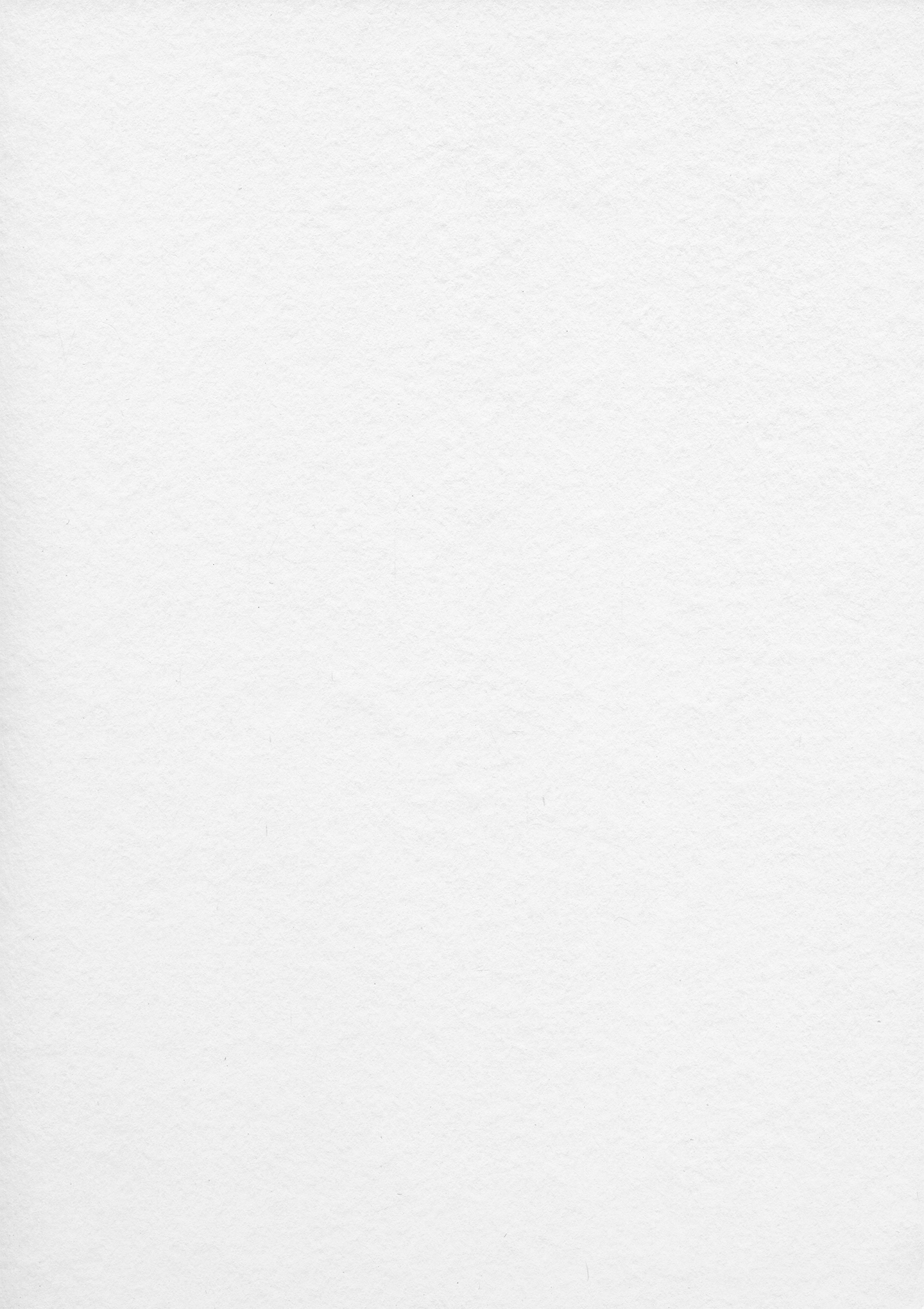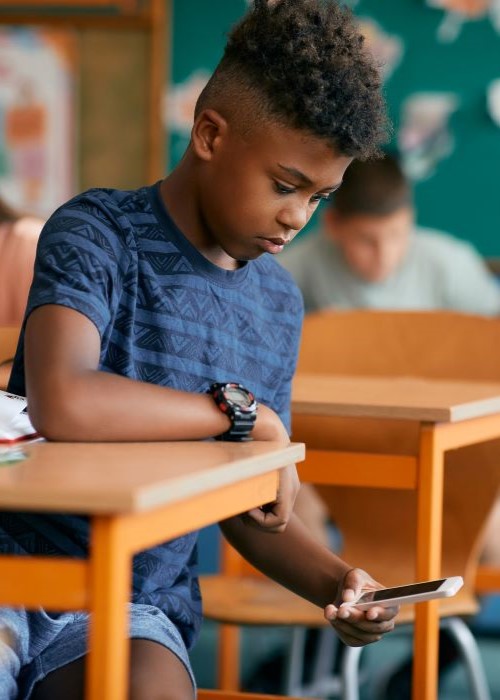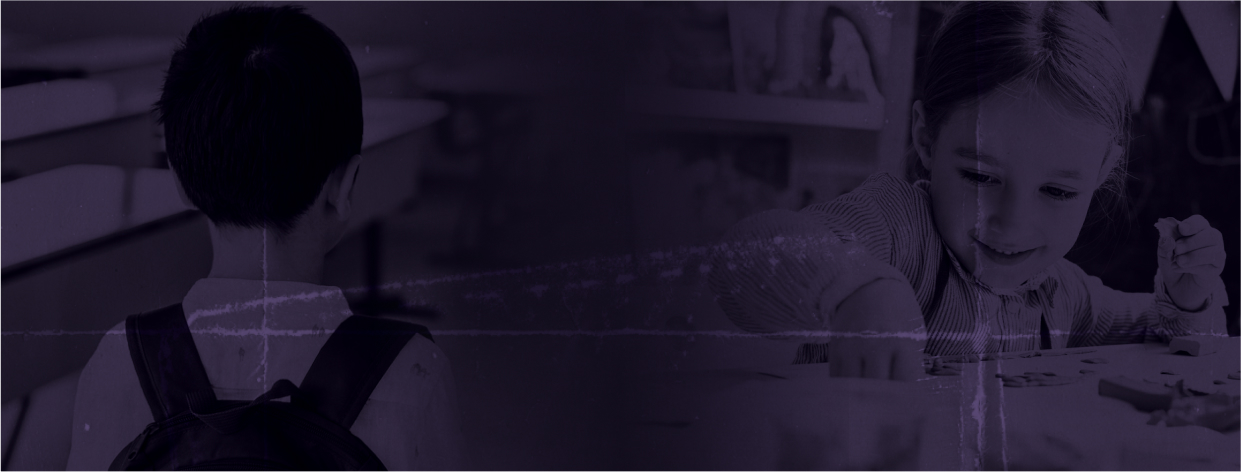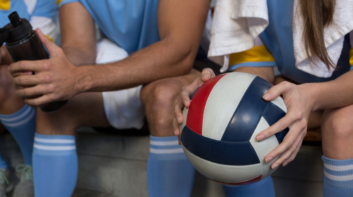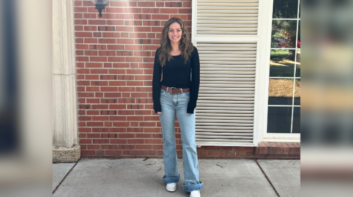After more than two decades teaching in Miami-Dade County’s public schools, Marissa Lane* said she barely recognizes her profession.
“When I first began, I thought the biggest problem at that time was overcrowding,” she told IW Features. “Public schools were jam-packed. I would have 38, sometimes 40 kids in a class.”
But even with the large classroom sizes, she said, “discipline was pretty good… administrators were more willing to side with the teacher rather than the parent or the student.”
Unfortunately, that is no longer the case.
Lane, a middle school language arts teacher entering her 23rd year in the classroom, said her belief in the public education system is now constantly being tested by what she called a “total lack of support” for classroom teachers — from both administrators and parents.
This has left teachers without tools to manage their classrooms — and without back-up when students become difficult.
“The [school] administration … usually side[s] with the parent … to appease them and keep them happy,” she explained. “The kids need structure… certain things can be considered crimes outside of school that happen regularly in the classroom.”
Lane said she has had students curse at her in class, throw objects, and openly defy her instructions — all without consequence, because she’s not allowed to impose any.
“The cussing in class is out of control. These students have no shame. They have no boundaries,” she said. “We can only threaten so much, but unless they see that something is going to be done about it, they really don’t care.”
School administrators’ indifference to these behavior problems is not an exaggeration, Lane said.
“If you send a child to the principal’s office, they’ll come back to class with a treat, or having had a heart-to-heart with the administration,” she explained. “They’re not made to really apologize or feel bad about what they did… It’s always like, ‘Oh, the poor child.”
Oftentimes, school administrators take a lax approach to classroom discipline in order to avoid admitting to a rise in behavioral issues in the first place. Lane recalled one now-departed district superintendent, for example, who allegedly encouraged schools to avoid outdoor suspensions in an effort to make the system look better on paper.
“He wanted to sweep things under the rug that were issues,” she said. “Now vaping has become a huge issue in school. Kids are no longer really suspended for those things anymore when they should be.”
Lane is not alone in her concerns. According to Independent Women’s “Give Teachers a Break” report, 70% of teachers report worsening student behavior post-pandemic, and discipline policies that favor “restorative justice” over real consequences have only made classrooms more chaotic.
“My kids are 11, 12 years old. And it’s a whole lot of attitude and a whole lot of entitlement. They have no fear,” Lane confirmed.
One of the most demoralizing aspects of the job, she said, is the way teachers themselves are treated. “Teachers are being treated like children in the educational setting,” she said.
Lane recalled one colleague who removed a disruptive student from her room and placed his bag in the hallway while waiting for security. “The principal openly questioned her, ‘Why did you throw his book bag out the door?’” Lane said.
“It wasn’t about the student being disrespectful. The administration is focused on the wrong thing,” she added.
Academic decline has followed the collapse in classroom order. Add to this the effects of smartphones, artificial intelligence, and the lingering impact of the COVID pandemic, and Lane said the results have been catastrophic. She has seen handwriting deteriorate, attention spans vanish, and critical thinking disappear in her own classroom.
“The kids are dependent now on AI for a lot of things. They’re not creative thinkers,” she lamented. “They have a hard time coming up with original ideas, and it’s sad.”
“We are creators,” she added, “and we’re taking that away.”
For her part, Lane said she blames smartphones, handed out to kids at younger and younger ages, for much of this decline. “They are so focused on instant gratification. They don’t have the attention span to sit and just enjoy a book…they are not interested at all in school.”
Over the past three decades, U.S. student achievement in reading and math has experienced a significant decline, with recent years marking historic lows. The National Assessment of Educational Progress (NAEP), often referred to as the “Nation’s Report Card,” revealed that average scores for 13-year-olds have decreased by 7 points in reading and 14 points in mathematics since 2012, erasing decades of progress. Specifically, between 2020 and 2022, 9-year-olds saw a 5-point drop in reading and a 7-point drop in math — the largest declines in 50 years of NAEP assessments.
Long-term trends indicate that these declines began prior to the COVID pandemic, with reading and math scores for 13-year-olds already decreasing between 2012 and 2020. Experts suggest that factors such as increased classroom disruptions, reduced instructional time, and a lack of consistent discipline contribute to these declines. For instance, reports highlight that school shootings, violence, and classroom disruptions have risen alongside teacher and staff vacancies, absenteeism, and increased use of mental health services.
Responsibility for this decline extends to parents, too, Lane said.
“A lot of parents are also addicted to their phones… and they don’t realize the damage that it has done. Education begins in your house,” she said. “It doesn’t begin with sending them to school.”
“Instead of blaming teachers for everything,” she continued, “I think we should definitely be looking at parents and what parents are doing… It’s three parts. It’s us, but it’s also the kids, and it’s also the parents as well.”
Despite everything, Lane continues to show up—because for her, teaching isn’t just a profession, it’s a purpose. Indeed, Lane said she stays in the profession because she still believes in the promise of public education. “I am a great believer in the public school system. I think it’s a great thing to offer a free education to any child.”
But she’s under no illusions about what’s driving the crisis in American education. In her eyes, it’s not the teachers who are failing students — it’s the system that’s failing teachers. A culture of excuse-making, weak leadership, and policies that tie educators’ hands has made it nearly impossible to maintain order or foster learning.
Until that changes, Lane said, even the most dedicated teachers will keep burning out — and students will keep falling behind.
*Name has been changed to protect storyteller’s identity.
